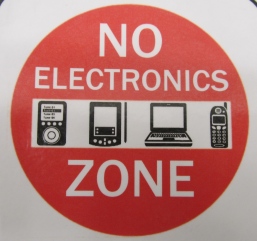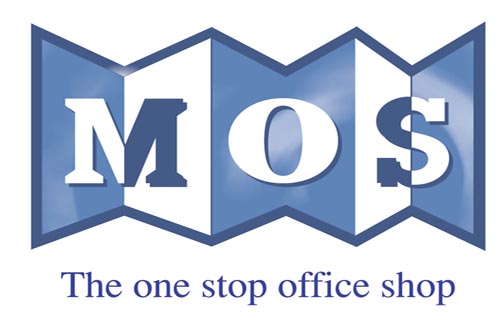There are good meetings, and there are just plain bombshells of a meeting. Unsuccessful meetings drone on for too long, never come to a conclusion or even get to the point and you leave wondering why you were even present. Effective meetings leave you energized and feeling as if you have really accomplished something. So, in order to leave the room feeling fulfilled, you should follow these 5 steps to manage an efficacious meeting;
- Consider the objective.
An effective meeting is one that serves a useful purpose. This means that within the meeting your aim is to achieve a desired outcome. For this to happen, you must first be clear about what said objective is.
More than often, people enter meetings to discuss something without knowing their end game or what a good outcome could be. In order to establish this, you have to consider some of the following;
- Do you want a decision?
- Do you want to generate ideas?
- Are you communicating something?
- Are you making future plans?
With the end result clearly defined, you are then able to plan the contents of the meeting and determine who needs to be present.

- Use time wisely
No one wants their time wasted, especially not you as time is a precious resource and if a meeting is unsuccessful, you’ve lost valuable time – and so has everyone who attended.
To ensure you only cover what is necessary and that you stick to relevant activities, you need to create an agenda. This is what you will refer to during the meeting so ensure it is running smoothly, on target and on time.
To prepare an agenda, consider the following:
- Priorities – what is essential to be covered?
- Results – what needs to be accomplished by the end of it?
- Participants – who is going to benefit the meeting the most?
- Timing – how much time is needed for each topic?
- Date, time and place – where and when will the meeting take place?
With this agenda being prepared, it allows you to get an idea of what needs to be covered and enables you to look at the information and prepare in advance. What are participants expected to know when in the meeting to make the most of it? Also, what role are they required to perform within the meeting, so they can complete the right preparation?
Use your agenda as your time guide. When time is beginning to run out for a particular point, consider hurrying the discussion, pushing to a decision, deferring discussion until another time, or allocate it to another subcommittee that can come to a decision.

- Take no hostages
Nothing hinders a meeting faster than one person hogging all of the talking time. If you notice someone overbearing the rest of the participants, call them out. Say something like, “We appreciate your contributions, but now we need input from others and to get a range of ideas before making a decision.” Establishing ground rules early will create a framework for how your group communicates and functions.

- Ban technology
Bar the obvious reasons you would need it, like presentations / to give an example of something. But the reality is that if the members bring are allowed to enter with iPads / phones that they will become easily distracted and in turn won’t actually be contributing to the meeting or even focused on it. Eyes up here, please!

- Follow up
Often what happens when you come out of a meeting is that people will walk away with different interpretations of what went on. To reduce the risk of confusion, create a follow-up email memo highlighting what was accomplished during the meeting to all who attended within the following 24 hours. Another thing that may be of use is to document the responsibilities given, tasks delegated and any assigned deadlines. This way, everyone is on the same page.

To conclude, running an effective meeting is more than just saying, “We have a meeting on this time and this day”. Successful meetings need structure and order. Without these elements you could have endless meetings and not accomplish a single thing.
With a solid objective in mind, a tight agenda, a commitment to getting the outcome you want, preparation and execution of the meeting, you’re well on your way to running great meetings. Given the frustration most people feel when their time has been wasted, gaining a reputation for chairing efficient meetings is good for you and your career.

If you enjoyed why not;
Like us on Facebook
or
Follow us on Twitter.
and
Visit/Call on ModernOfficeSupplies.co.uk + +44 (0) 28 90 686333

